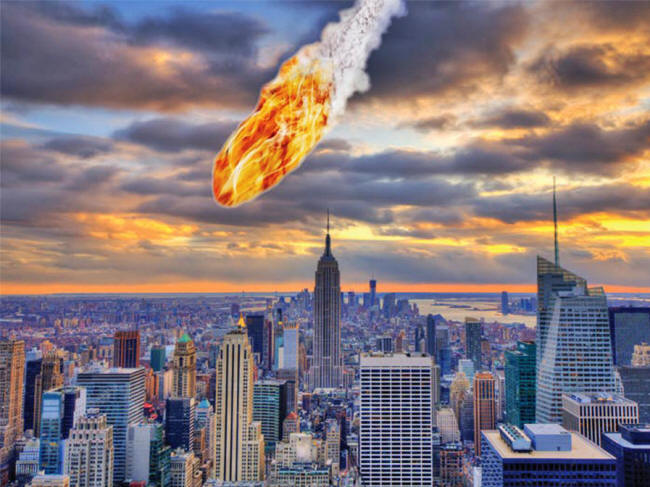|
by Avi Loeb from AviLoeb Website
No High-Rise left standing from Early Mars or Earth...
The latest analysis of data from NASA's Mars Reconnaissance Orbiter (MRO) indicates that Mars was rippled with rivers and ponds for the first half of its history.
Based on the analogy with Earth, it is conventionally expected that Mars developed microbial life when it lost its atmosphere.
But if the development of intelligent life on Mars was accelerated by merely a factor of two relative to Earth,
Can we easily rule out this possibility?
Imagine a situation in which an advanced civilization constructed on Mars the same technological infrastructure that we currently have on Earth.
Recently, the Perseverance rover has dropped its first rock sample down onto the Martian surface at the Jezero Crater to await retrieval and return to Earth in the next decade.
The goal is to search for signs of primitive early life on Mars.
But,
Since bio-mass or vegetation degrade rapidly in the absence of atmospheric pressure and liquid water, the most distinct relics would be abandoned roads and buildings of major cities.
Some of this infrastructure could have been damaged by volcanic activity, which was most prominent in the first 1.5 billion years but is still ongoing according to new evidence.
The base of the largest Volcano on Mars, Olympus Mons, covers an area of order the state of Missouri and the circular opening at its top is 65 kilometers across, about the size of Los Angeles.
But even if we ignore damage from geological activity, the minimal agent of destruction would be asteroid impacts.
Given the rarefied Martian atmosphere, large impactors are expected to hit the Martian surface directly and generate a fireball of hot gas, dust and radiation.
Based on the destruction inflicted on the city of Hiroshima in Japan during World War II, the fireball from a two-meter meteor impact is expected to wipe out all structures within a kilometer distance.
Currently, Earth is impacted every year by a meteor of this size.
Over two billion years, this implies a minimum of two billion impacts, ignoring the possible enhancement in the hit rate at earlier times.
The number of impacts per surface area should be similar for Mars, since its average orbital distance from the Sun is only larger by a factor of 1.52 than that of the Earth.
Altogether, the surface of Mars suffered four Hiroshima bomb explosions per kilometer squared, more than enough to decimate all surface records of an ancient Martian civilization.
The rate of bigger impactors declines roughly inversely with increase in explosion energy, implying similar total devastation per logarithmic bin of impactor mass.
The cumulative effect from all impactor masses implies several tens of Hiroshima explosions per kilometer squared on Mars over two billion years.
The same holds for Earth but with most of the erosion caused by impactors that are at least tens of meters in size.
Terrestrial meteors of this scale explode as a result of their friction with air at an altitude of several tens of kilometers, where more energy must be released to cause similar devastation by the blast wave at such distances.
In addition to meteors, terrestrial geological activity in the form of plate tectonics would have further mixed the rubbles of smashed technological debris with the Earth's interior over the past billion years.
These processes could have removed technological debris from the surface and erased obvious leftovers from a terrestrial civilization that was wiped out a billion years ago by a major climate event - such as Snowball Earth, or a major asteroid impact - potentially bigger than the Chicxulub impact that killed the dinosaurs, or the same self-inflicted technological wounds that we can imagine for ourselves.
Planets like Mars or Earth could have given multiple births to technological civilizations that were a billion years apart and hence were not aware of each other.
Like stable parents, the planets recovered from the environmental impact of these civilizations over time. We may have been separated in time from siblings that we never had the opportunity to meet and so we are unaware of their existence.
Except for one caveat.
In that case, old flying gadgets could be a source of some of the Unidentified Aerial Phenomena in reports from the Director of National Intelligence to the US Congress.
|


